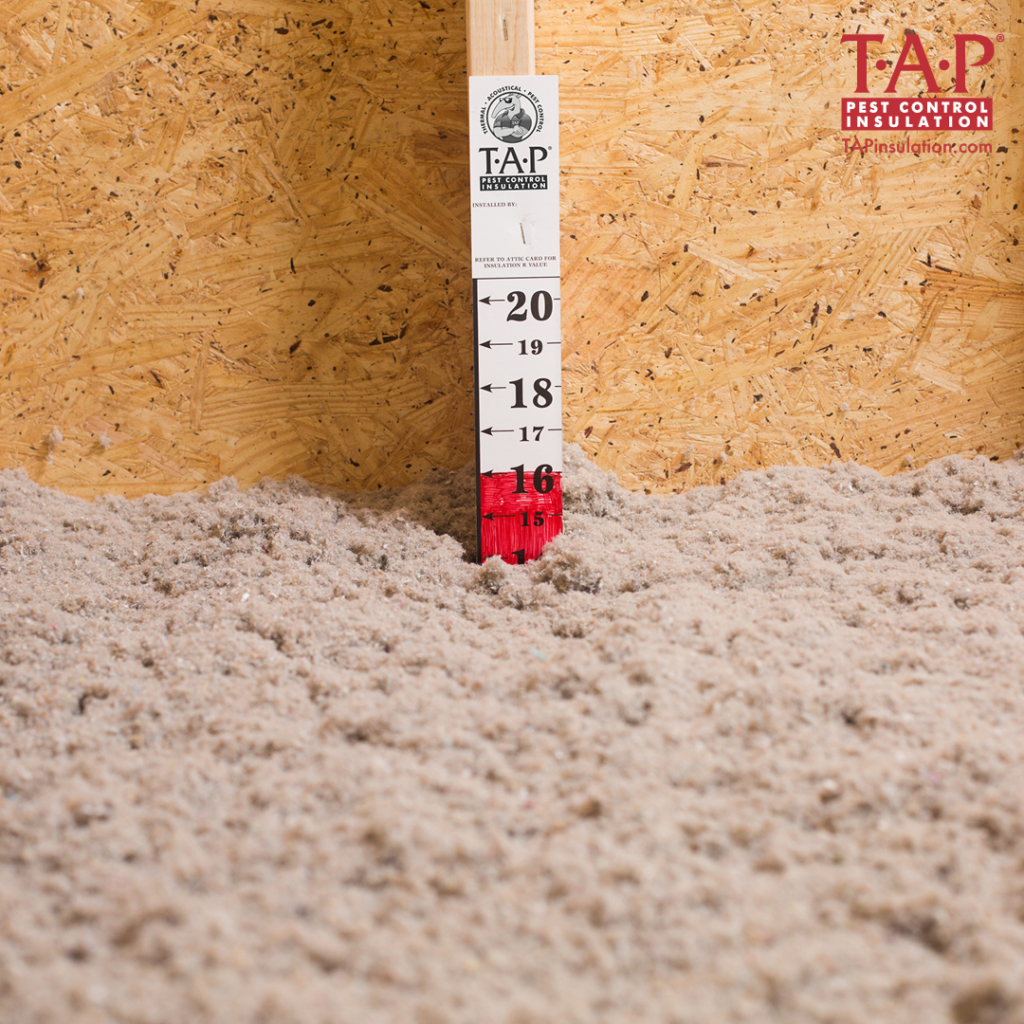
Many people wonder what r-value actually is, and how much insulation they really need? There is value in r-value. Fact: All insulation materials are labeled with a specific r-value per inch. The “r” in r-value stands for resistance; more specifically resistance to heat transfer. Therefore, r-value is the measure of how effectively the insulation stops the heat from moving through it.
What is the Big Deal?
The higher the r-value number, the more effective your home’s insulation is resisting heat from passing through it. It’s important to remember that warm air flows to cooler air until there is no longer a difference. It’s simply a matter of science. For example, the heat in your house during the winter months is trying to escape to the cold outside, and, in warmer months, the warm (or hot) outside air is trying to get in your home. This can be quite taxing on your home’s HVAC system as it will have to work that much harder to maintain the desired temperature settings for comfort.
Listen to the Experts
The U.S Department of Energy (DOE) publishes the International Energy Conservation Code Climate map or IECC Map with recommended insulation levels for the attic based on where you live in the U.S. The recommendation r-value range can fall between between R-30 to R60. Specifically, let’s take the state of Massachusetts as an example. According to the IECC Map, the recommended r-value range for an attic in Massachusetts is R-49 to R-60. This ranges between 13” to 17” of TAP® Pest Control Insulation which has an R-Value of 3.6 per inch. Naturally, the question becomes which is better and how much better?
Since R-Value is a measure of the insulation material’s “resistance to heat transfer,” the more resistance you create, the better insulating value you have. Click here to view r-values of other insulation materials.
The IECC map is a good resource for the minimum and maximum needed in a given area. It’s important to note that Building Code and the IECC Map suggested r-values are not the same. Often, the Building Code is much lower and potentially outdated due to the energy science that the U.S. DOE uses to determine the min/max. Because the insulation levels are below those recommended by the U.S. DOE, it does not mean it’s not code compliant. It does, however, mean your home could benefit from more insulation.
Case In Point
If you are considering insulation and are unsure which type is best for your home, consider this:
- Using the IECC map.
- Locate the zone on the map where you are.
For our case, let’s say you live on the northern border of Alabama and Tennessee. Because you live in Alabama, the range is R-30 to R-60. Just over the border, in Tennessee, it changes to R-38 to R-60. It would be prudent to at least install an R-38.
Gain Optimal Savings with Higher R-Value
Remember, the higher the r-value, the more resistance to heat movement you will achieve resulting in less heat loss. This is the true value in r-value. Most TAP® customers choose the mid to high range for optimum savings on their annual energy bill. Plus, adding TAP® Pest Control Insulation will not only save you energy, but add an extra layer of pest protection against many household pests* known to harbor in the attic that, unfortunately, standard insulation simply cannot control.
When in doubt, ask for TAP® Pest Control Insulation. Contact us for more insight.
* TAP® Pest Control Insulation is proven to control common household pests such as ants, booklice, centipedes, cockroaches, crickets, darkling beetles, earwigs, millipedes, silverfish, sow bugs, and termites (including formosan termites). TAP® Pest Control Insulation makes no claims regarding those pests not listed on its EPA Label #89140-1. The active ingredient, Orthoboric Acid, is toxic to these insects/arthropods and is intended to prevent new infestations in walls and attics where the product is applied.

